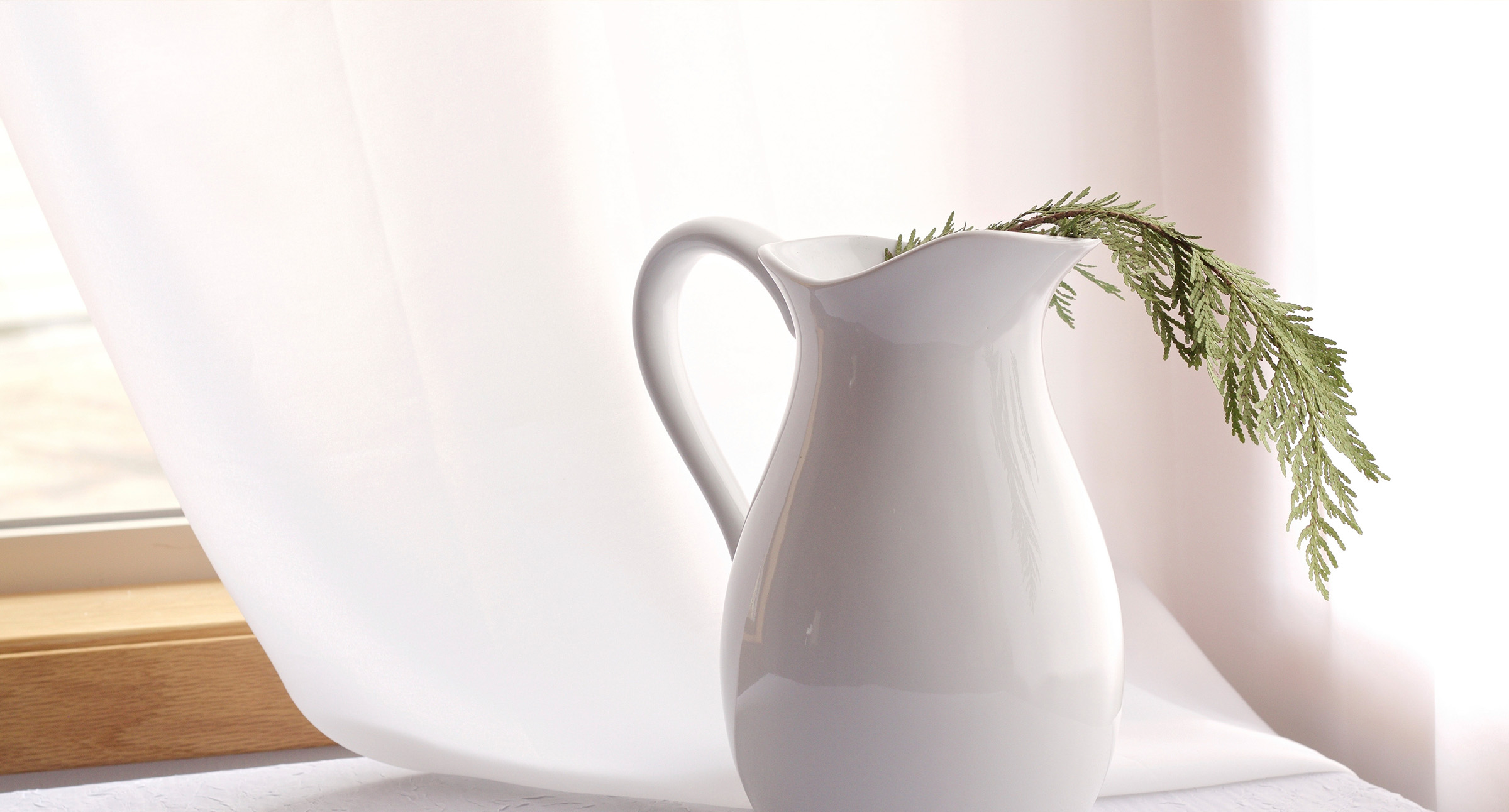Category: Uncategorized
-
Scaling a Recipe: The Art and Science of Adjusting Ingredients
Cooking is both an art and a science, and one of the critical skills that a cook must master is the ability to scale a recipe. Scaling involves adjusting the quantities of ingredients in a recipe to accommodate a different number of servings. Whether cooking for a larger group or wanting to downsize a dish…
-
Recipe Wisdom in Words: The Power of Quotes
Recipes are more than just lists of ingredients and instructions; they embody the essence of culture, tradition, and personal experience. And recipe quotes are more than just words; they encapsulate the essence of cooking and the joy it brings to our lives. These quotes serve as guiding principles, humorous observations, and motivational reminders that elevate…
-
The problem and confusion with culinary recipe measurements in the USA
First, we are using three different systems: US Standard (Customary): US Standard and US Customary are the same. It is a system of measures based on teaspoons, tablespoons, cups, quarts, ounces, and pounds; chefs and home cooks use it. Imperial: There is a slight difference between US Standard (or Customary) and Imperial measurements. Both liquid…
-
About The Cocktail Recipe
The word ‘Cocktail’ first appeared in an American dictionary in 1806, meaning “a mixed drink of any spirit bitters and sugar.” There are some disagreements on where the name came from. The most plausible is the French term’ coquetel,’ meaning a mixed drink. However, today, we categorize a mixed drink as two mixed ingredients: Rum…
-
Vibration Cooking
Soul Food Has No Recipe “Soul Food Has No Recipe” is not just a statement; it’s a profound insight into a culinary tradition deeply rooted in history, culture, and love. As someone who blogs about recipes, it caught my attention when I recently heard it. There are many soul food recipes, but I took it…
-
Enhancing Food Safety in Recipes
A Vital Component of Culinary Welfare The cornerstone of culinary excellence lies not only in the flavors and techniques employed but also in the meticulous attention to food safety protocols. Neglecting food safety measures can lead to potentially harmful consequences, such as foodborne illnesses, which undermine the enjoyment of any dish. Regrettably, many individuals embarking…
-
Deconstructing a Recipe
Deconstructing a recipe involves employing a culinary approach in which the elements of a dish are dissected and showcased distinctly. For those inclined to explore culinary creativity, there is an opportunity to reimagine well-known dishes in a novel fashion, all the while maintaining their fundamental nature. In the process of food deconstruction, chefs express their…
-
The difference between a recipe, a formula, and baker’s percentage.
Professor: I read something about formulas and baker’s percentage. What is the difference? Chef Alex: I know. It is confusing, but let’s take a look at it. Although recipes, formulas, and baker’s percentages are similar and often used interchangeably, there are differences between them; each has distinct meanings and uses, so it is essential to understand…
-
Modernizing an Old Recipe
Modernizing an old recipe can be fun, creative, rewarding, and sometimes challenging. Translating a recipe from one language to another makes it harder. Even within the same language, it can be difficult if it is outdated or if the measurements and ingredients are not commonly used today. Of course, the further back in time we…

